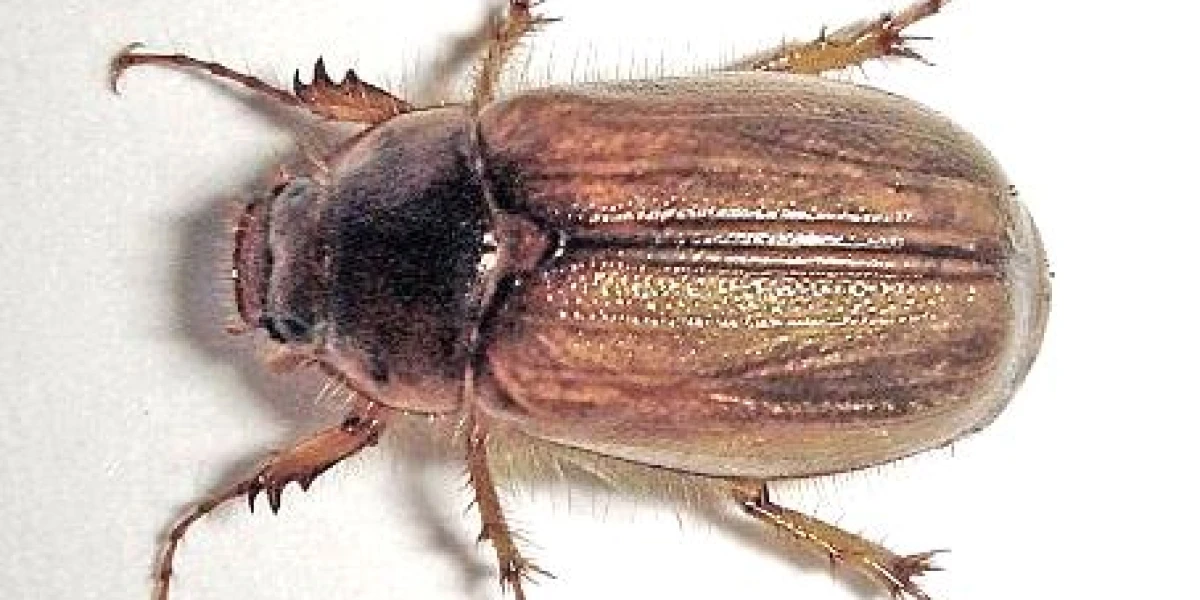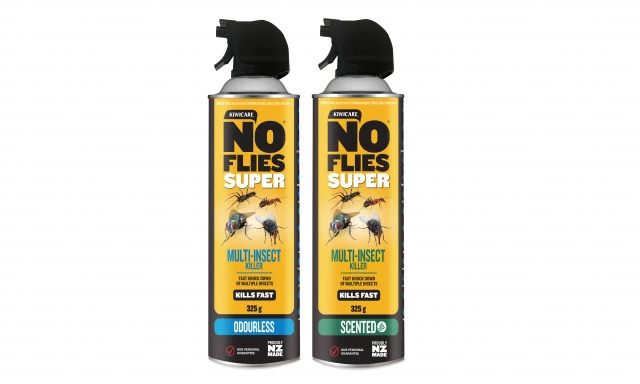Chafer Beetles
Have you ever heard a low buzzing noise in the garden soon after dusk? Have you woken to find the leaves on some of your trees or shrubs stripped? Have you found brown or bronze coloured beetles dead in your house after a warm night where you left the window open? If so the causes are likely to be one of the approximately 140 chafer beetle species.
Grubs
Chafer beetles include the grass grub beetle, bronze beetle, Manuka chafer beetle and many more. The larvae of the chafer beetles live in the soil where they generally eat the roots of plants. The grass grub is one of the major pests of lawn and pasture grasses.
Adults
Once they have eaten sufficient of the plant roots they pupate near the surface and emerge as adult beetles. The beetles vary in size but the common species are 6-12 mm, with oval rounded bodies, some with shiny elytra (hard wing covers/backs) and some with hairy elytra. The adults emerge late in the day and first cluster to mate in a nuptial flight. Then they spend several nights feeding voraciously on the leaves of a wide variety of trees, shrubs and other plants. Large swarms of beetles can decimate garden plants in a few days.
Inside
In large numbers, they are attracted to lights in a similar fashion to moths. So on warm summer nights when the windows are left open many beetles will be attracted into buildings. They won’t live long in the house and are often found lying dead in significant numbers in the morning.
Eggs
Mated beetles lay eggs back in the soil; grass grub beetles lay their eggs 70-200 mm deep. And so the cycle continues.
Control
Controlling grass grub, bronze and black beetles can be done at any and all stages of the life cycle:
- Grubs in the soil can be controlled by the application of LawnPro Protect.
- Emerged beetles can be controlled by spraying the plants that they might eat with PLANThealth Spectrum.
- Beetles getting into buildings can be controlled by spraying the outside and inside with NO Bugs Super.
- Egg-laying beetles will be prevented by the pro-active application of LawnPro Protect to soils before laying begins.
David Brittain
Kiwicare


